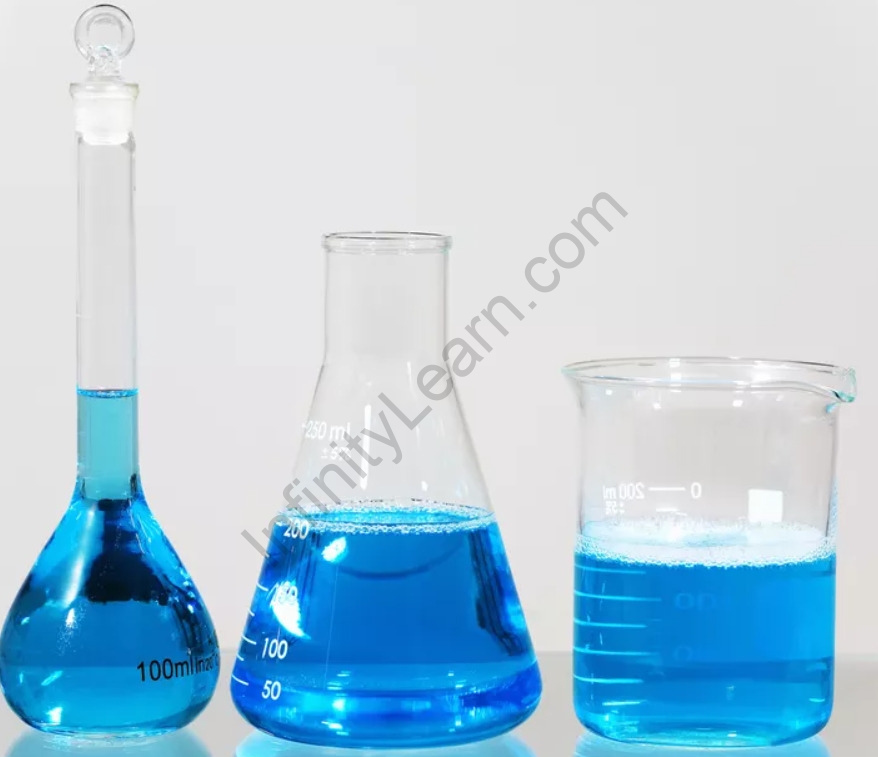Table of Contents
The standard state of a material (pure substance, mixture, or solution) in chemistry serves as a reference point for calculating its properties under various conditions. A superscript circle or a Plimsoll character is used to represent a thermodynamic quantity in the standard state, such as enthalpy change (H°), entropy change (S°), or Gibbs free energy change (G°). The terms “standard state” and “standard temperature and pressure” (STP) for gases, as well as “standard solutions” used in analytical chemistry, should not be used interchangeably. STP is commonly used for calculations involving gases that approximate an ideal gas, whereas thermodynamic calculations use standard state conditions.
The standard state is the reference state for thermodynamic state properties such as enthalpy, entropy, Gibbs free energy, and many other material standards for a given material or substance.
The standard enthalpy change of formation for an element in its standard state is zero, and this convention allows for the calculation and tabulation of a wide range of other thermodynamic quantities. Many standard states are non-physical states, also known as “hypothetical states.” Nonetheless, their thermodynamic properties are well-defined, usually through extrapolation from some limiting condition, such as zero pressure or zero concentration, to a specified condition (usually unit concentration or pressure) using an ideal extrapolating function, such as ideal solution or ideal gas behaviour, or through empirical measurements.
The standard state of a gas is its hypothetical state as a pure substance obeying the ideal gas equation at standard pressure (105 Pa, or 1 bar). No real gas has perfectly ideal behaviour, but this definition of the standard state allows for consistent corrections for non-ideality across all gases. The pure state under a total pressure of 105 Pa is the standard state for liquids and solids (or 1 bar).
The reference point of Hf = 0 is defined for most elements for the most stable allotrope of the element, such as graphite in the case of carbon and the -phase (white tin) in the case of tin. White phosphorus, the most common allotrope of phosphorus, is an exception because, despite being only metastable, it is defined as the standard state.

Because thermodynamic quantities are commonly expressed in terms of standard state conditions, it is a good idea to understand what those conditions are.
Under standard state conditions, a superscript circle is used to denote a thermodynamic quantity:
ΔH = ΔH°
ΔS = ΔS°
ΔG = ΔG°
Normal State Conditions
Standard state conditions are subject to certain assumptions.STP stands for standard temperature and pressure.
- The normal state temperature is 25°C (298 K).
- Other temperatures can be used to calculate standard state values.
- All liquids are free of impurities.
- All solutions have a concentration of 1 M. (1 molar).
- All of the gases are pure.
- All gases are at the pressure of one atmosphere.
- In its normal state, the energy of the formation of an element is defined as zero.
FAQs
What is a substance's standard state?
The standard state is the reference state for thermodynamic state properties such as enthalpy, entropy, Gibbs free energy, and many other material standards for a given material or substance.
What is the definition of standard state enthalpy?
The standard enthalpy of formation is defined as the change in enthalpy that occurs when one mole of a substance in its standard state is formed from its pure elements under the same conditions.





